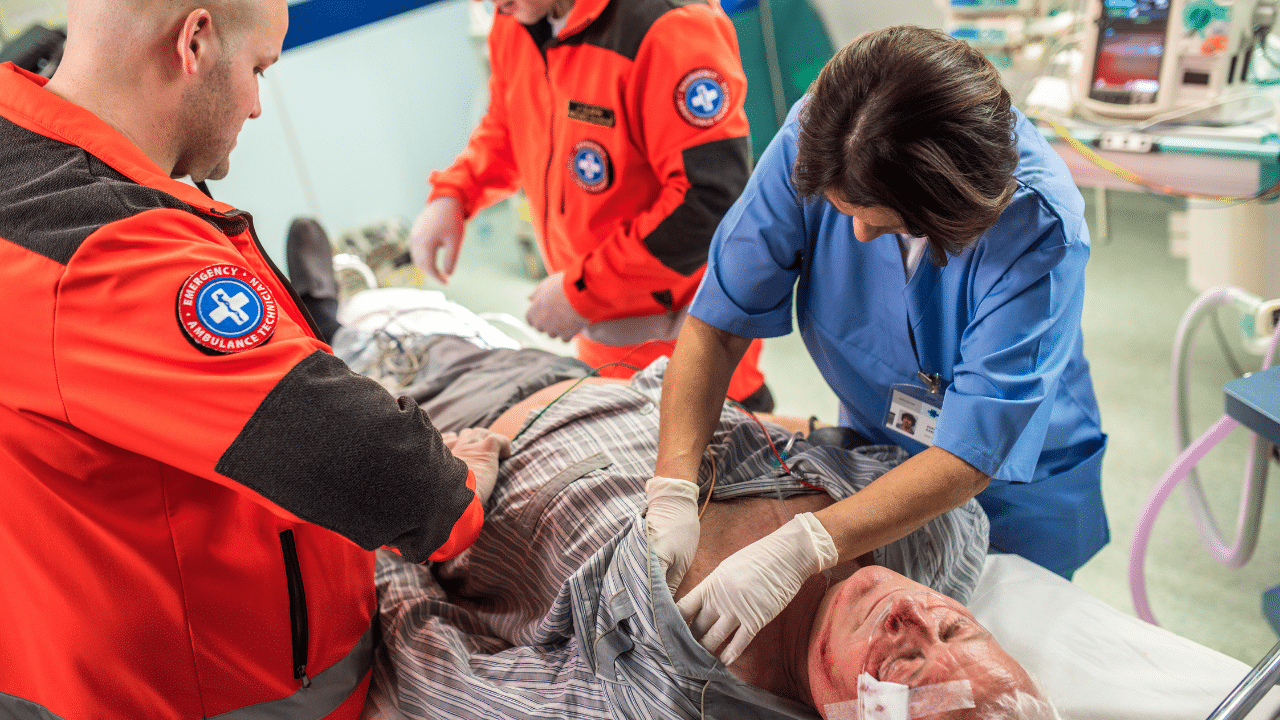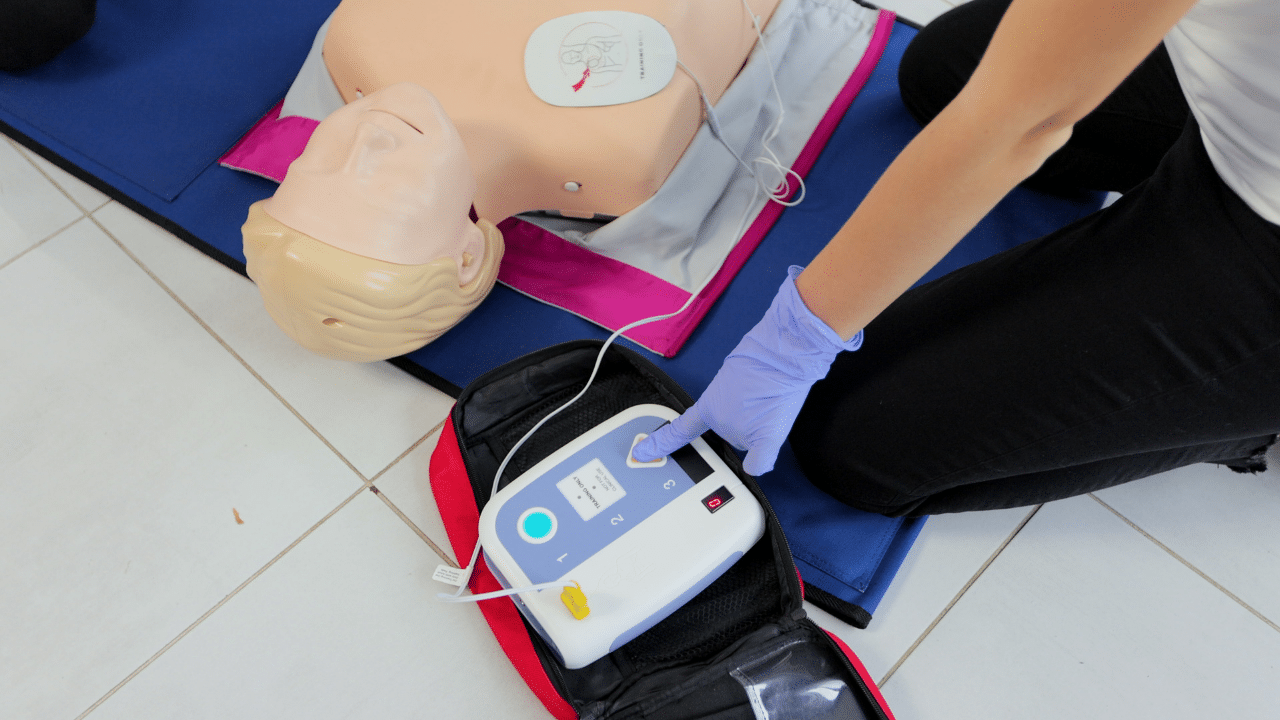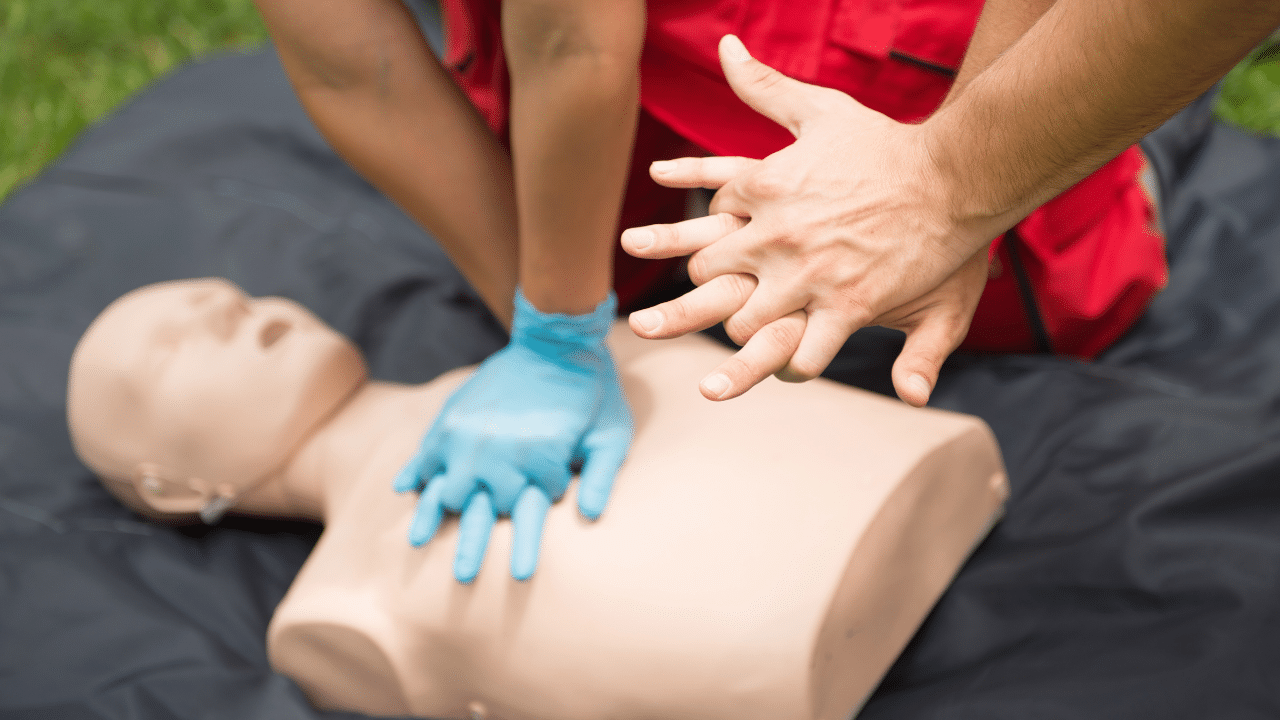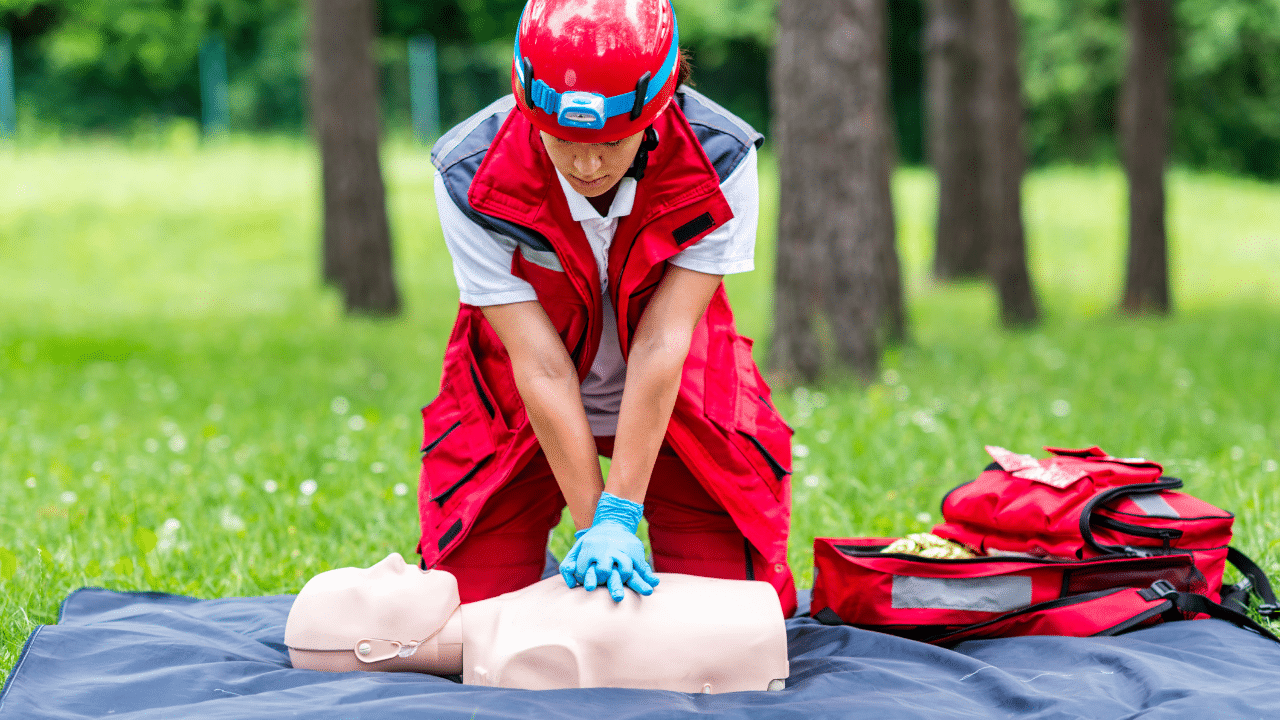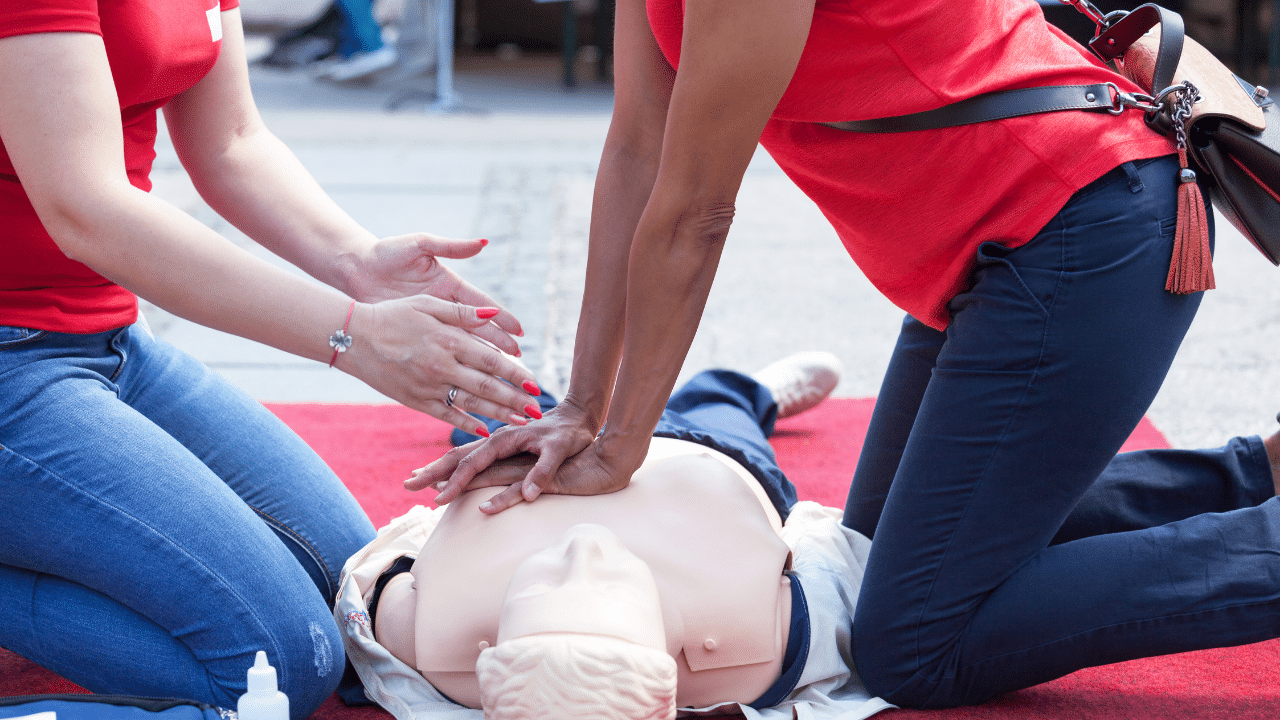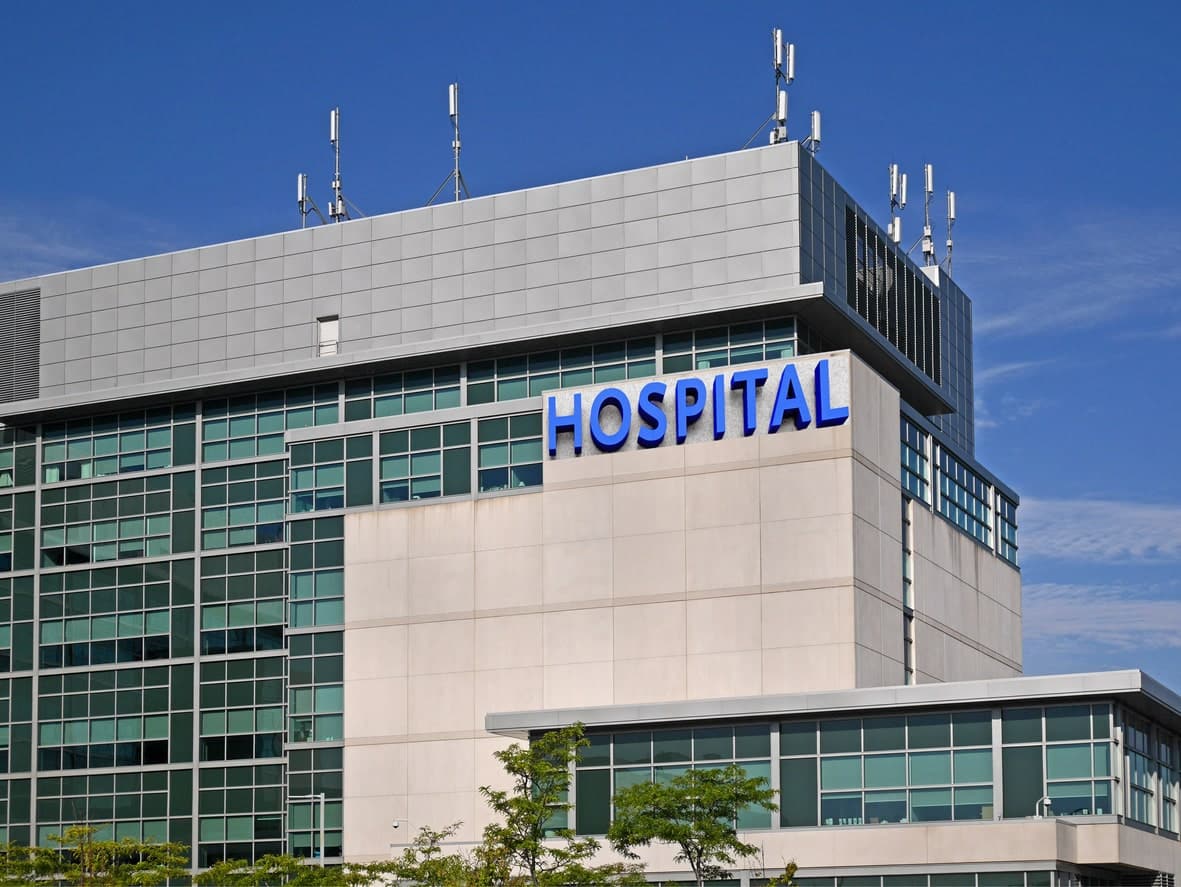Cardiopulmonary resuscitation (CPR) is an essential lifesaving technique that plays a critical role in emergencies such as heart attacks and near-drowning incidents, where breathing or heartbeat ceases. This article delves into the profound significance of CPR within healthcare settings, examining its substantial impact on survival rates and the efficacy of emergency responses.
What is CPR?
CPR is a vital emergency procedure that combines chest compressions and rescue breaths to sustain circulatory flow and oxygenation during cardiac arrest. This technique stabilizes patients by maintaining essential blood circulation to the heart and brain until advanced medical assistance arrives. Understanding CPR mechanics and timing is key effectivelyto executing this lifesaving skill.
The Importance of CPR in Saving Lives
Why CPR is important in healthcare cannot be overstated, as it can mean the difference between life and death for patients experiencing cardiac emergencies. CPR is crucial in saving lives because it acts as a bridge between the onset of cardiac arrest and the arrival of professional medical help. When a person’s heart stops beating, every minute that passes decreases their chance of survival by about 10%. By providing timely CPR, bystanders can significantly improve the chances of recovery, ensuring that vital blood flow reaches the brain and other organs.
Moreover, the immediate application of CPR can prevent irreversible damage and enhance the likelihood of more effective defibrillation once emergency services arrive. Given that cardiac events can occur unexpectedly in public or private settings, having individuals trained in CPR can create a community of responders capable of making a life-saving difference.
Benefits of CPR Training in Healthcare
1) Enhancing Confidence in Emergency Situations
One of the primary benefits of CPR training is the boost in confidence it provides healthcare professionals and laypersons alike. Understanding the steps required to administer CPR equips individuals with the knowledge to act decisively in life-threatening situations. This confidence can lead to quicker responses, increasing the likelihood of successful resuscitation efforts.
2) Improving Patient Outcomes
Well-trained individuals can administer CPR effectively, significantly improving patient outcomes during cardiac emergencies. Studies have shown that the quality of CPR delivered by bystanders or initial responders directly correlates with survival rates. By ensuring more people are trained in CPR, healthcare settings can enhance overall patient care and ensure quicker, more efficient emergency responses.
3) Promoting a Culture of Preparedness
CPR training fosters a culture of preparedness within healthcare organizations. It encourages team members to stay vigilant and ready to respond to emergencies, creating an environment where lifesaving skills are valued and regularly practiced. This culture not only aids in patient care but also promotes teamwork and communication among healthcare staff during critical situations.
4) Compliance with Healthcare Regulations
Many healthcare facilities are required to meet specific training standards for emergency response. Regular CPR training ensures compliance with these regulations and highlights the institution’s commitment to maintaining a high standard of care. This can enhance the facility’s reputation and instill trust among patients and their families.
5) Lifesaving Skills Beyond the Workplace
CPR training is not limited to healthcare settings; the skills learned can be applied in various everyday scenarios. By training more individuals in CPR, the community becomes better equipped to handle emergencies, leading to a broader impact on public health and safety. Each trained person adds to a network of lifesavers, potentially making a significant difference in their community.
How CPR Can Save Lives
The Science Behind CPR and Its Impact on Survival
Cardiopulmonary resuscitation (CPR) serves as a critical lifeline in emergencies where cardiac arrests occur. The primary goal of CPR is to restore blood circulation and maintain oxygenation, which is essential for sustaining brain activity and vital organ functions. According to various studies, timely and effective CPR can significantly increase survival rates, with some research indicating that CPR administered within the first few minutes of a cardiac arrest can double or triple the chances of survival. The mechanism behind this lies in the technique’s ability to manually compress the chest, pumping blood through the heart to vital organs and preventing irreversible damage.
Real-Life Impact of Effective CPR
Beyond statistics, the real-life stories of individuals who have survived cardiac events due to immediate CPR underline its lifesaving potential. For instance, many cases have been documented where bystanders immediately stepped in to perform CPR before emergency responders arrived, leading to successful resuscitations and full recoveries. These accounts highlight the importance of not only having trained professionals available but also empowering ordinary citizens with the skills needed to intervene effectively. The emotional toll of cardiac arrests on families can be mitigated when lives are saved through swift and effective CPR action, reinforcing its significance in both healthcare settings and the wider community.
The Chain of Survival in Cardiac Emergencies
The “Chain of Survival” concept emphasizes the interconnected steps needed to improve outcomes in cardiac emergencies. This chain consists of early recognition of cardiac arrest, the rapid calling of emergency services, immediate CPR, and timely defibrillation. Each link in this chain is critical; for instance, the quicker someone initiates CPR after cardiac arrest, the higher the chances that effective blood flow will be maintained until an Automated External Defibrillator (AED) or advanced medical assistance can be employed. Educating the public about the chain of survival ensures that communities know how to perform CPR and the urgency of acting swiftly in moments of crisis.
Overall, CPR is a fundamental skill that equips individuals to take action in emergencies, potentially saving lives and fostering resilience within care networks.
Promoting CPR Training
Why Everyone Should Learn CPR
Knowledge of CPR is essential not only for healthcare professionals but also for the general public. With the right training, anyone can take charge and provide critical assistance in emergencies, reinforcing the notion that each person has the potential to be a hero when equipped with the necessary skills.
Implementing CPR Training Programs
Healthcare facilities and community organizations should prioritize regular CPR training sessions. Moreover, integrating CPR training into school curricula and workplace safety programs can vastly increase the number of individuals prepared to respond in a crisis, fostering a culture of readiness and proactive care.
Please visit: Hospitals & Medical Centers in San Jose!
Health Expert Verdict
As medical science advances, more emphasis is being placed on the importance of CPR training. The American Heart Association (AHA) states that “immediate high-quality CPR provides the best chance for survival” and continues to advocate for community-based training programs. With its demonstrated impact on patient outcomes and potential to save lives beyond healthcare settings, CPR must be a standard skill in every individual’s repertoire. It not only enhances emergency response procedures but also promotes a culture of preparedness and resilience within communities – ultimately contributing to improved public health and safety.

